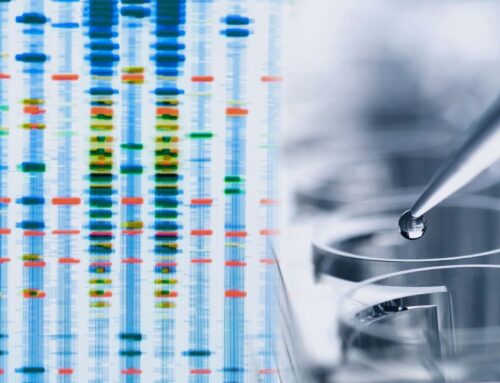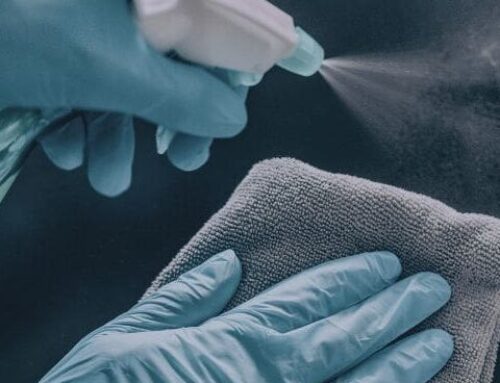February 2022
A study done by Ashton University found the germiest areas in vehicles, and the results are not what you would expect.
Researchers led by Dr. Jonathan Cox, Senior Lecturer in Microbiology, conducted the study by swabbing five different used cars in various areas. Each sample was then plated to agar and incubated for growth. Here are the areas swabbed with the most bacteria identified:
- Trunk– average of 1,425 bacteria per swab
- Driver’s seat – average of 649 bacteria per swab
- Gearstick – average of 407 bacteria per swab
- Back seat – average of 323 bacteria per swab
- Dashboard – average of 317 bacteria per swab
- Steering wheel – average of 146 bacteria per swab
Many would assume the steering wheel has the most bacteria, but this study showed lower levels of microbes in that area. Dr. Jonathan Cox commented on the possible cause:
“Due to increased sanitizer use since the COVID-19 pandemic, the driver contact surfaces generally didn’t have the level of bacteria that we were expecting, meaning that areas such as the steering wheel were not as contaminated as they might have been a few years back.”
1,425 bacteria were cultured, on average, from each swab taken from the trunk of the cars. This makes sense, since the trunk is where food and other household items are often stored for travel. Identified isolated samples included Escherichia coli: an organism found in the intestinal flora, Bacillus subtilis: a motile, spore-forming facultative aerobe mostly found in soil, and Staphylococcus aureus: a facultative anaerobe often found on skin and in the respiratory tract.
Although these microorganisms commonly colonize our bodies without complications, it sheds light on areas of the car that may deserve more attention when it comes to cleaning and sanitizing.
Products made before the effective December date may still be distributed until March 31, 2022. Alcohol-based hand sanitizer formulators and manufacturers are still able to produce products “as long as long as they comply with all applicable regulatory requirements.” The FDA also provides businesses with a Q&A page to help those in the industry take the proper steps toward labeling, product continuity, rescinding manufacturing processes, and delisting sanitizer products.
We commend the industry leaders and regulatory institutions that continue to help mitigate the effects of COVID-19, and we are eager to navigate that journey together.
If you are new to hand sanitizer testing or are interested in learning more about regulatory affairs, please visit our page Introduction to Hand Sanitizers or contact our laboratory at [email protected].




